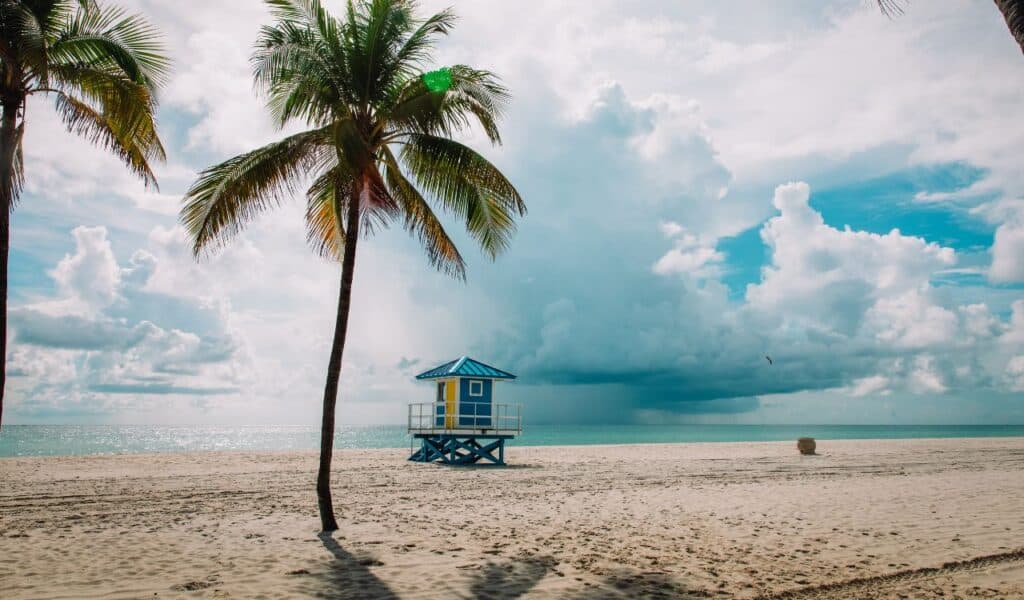We may earn money or products from the companies mentioned in this post. This means if you click on the link and purchase the item, I will receive a small commission at no extra cost to you ... you're just helping re-supply our family's travel fund.

Florida travel is evolving fast in 2025: a winter survey indicates only 26% of Canadians plan a U.S. trip and just 10% of boomers, while new rules for 30+ day stays add registration and biometrics in many cases, with some reported fees. At the same time, domestic interest stays strong and traveler behavior skews flexible, tech forward, and weather aware. This guide distills the shift into eight concise sections with clear actions.
The Snowbird Shake Up

New procedures for Canadians staying 30+ days, including registration and biometric collection such as fingerprints and photos in many cases with fees and processing varying, are dampening classic winter migrations and easing strain in some long stay rental markets. With Portugal, Spain, Mexico, and the Caribbean drawing more interest, planners may find better winter availability and room to negotiate month long stays in select submarkets this season.
High Demand, Flexible Tactics

Travel demand remains strong into 2025, so value and flexibility rule. Hold cancellable hotel rates, pair rebookable fares with alerts, and use auto reprice tools across Orlando, Miami, Tampa Bay, and the Keys. As AI driven forecasting makes pricing more dynamic, the smartest play is to book early while preserving options, then re shop if rates soften or better inventory opens closer to arrival without risking sold out dates.
Weather Volatility Requires Buffers

Tropical systems like Tropical Storm Melissa can prompt airline change waivers and itinerary monitoring within hours, reshaping plans midweek during active windows even if the storm misses Florida. Build buffer days, track advisories in real time, and add a pre cruise overnight in Florida during storm season to safeguard embarkations. These small moves reduce missed ships and last minute costs when operations shift quickly.
Florida Dupes and Hidden Gems

Crowd light, nature forward detours are a 2025 win. Swap marquee metros for serene Gulf and Atlantic alternatives or target springs and heritage corridors to keep the experience high and the stress low. Use Florida’s official regional breakdown, including Nature Coast, Northwest, Northeast, and the Central coasts, to blend wildlife, springs, and small town culture with easier parking, friendlier pricing, and gentler pacing during peak windows.
Theme Parks Go Personalized

Trend decks point to more personalized, capacity managed park days, including virtual queues, timed entries, and immersive add ons, so planning beats spontaneity and saves time and money. Reserve priority experiences ahead of peak dates, and stack AI itinerary tools with contactless check ins to time smart arrivals. Even slight shifts in schedule can unlock shorter waits and better rates across headline attractions throughout 2025.
Cruises, Sports, and Mega Events

Florida sailings remain a standout in 2025, but storm season itineraries can still change the same week, so flexible fares and vigilant tracking are essential. Event driven trips, from festivals to spring training, tighten inventory around key weekends, so book early and anchor plans with nearby side trips to balance rates and availability. A buffer day often preserves the marquee experience without overspending.
Wellness, Sustainability, and Slow Travel

Wellness demand is surging at coastal and Keys properties, where spa and health forward programming sell out quickly in peak months. Reserve early to secure prime slots. Slow, meaningful itineraries from Everglades conservation and wildlife to historic districts and culture first neighborhoods fit 2025 traveler preferences, easing crowd stress while deepening the feel of a Florida trip that is restorative and memorable.
Your 2025 Florida Playbook

Where Canadian long stay demand eases, scout shoulder season deals on month long rentals. Where demand is hottest, such as Orlando, Miami, and the Keys, hold cancellable options and trade up if prices dip. If South Beach surges, pivot to Amelia Island, Sanibel, or Panhandle coasts. Set price alerts now and use official regional resources to match culture, nature, and budget while staying nimble in a market that can shift by the week.